Warner Bros.’ July 21st call to pull Christopher Nolan’s TENET from a summer release was the clearest possible indicator that film is a bust in 2020. We are going to be locked out of our communal, rhapsodist moviegoing fantasies for a while; obviously, it is a given that we should be. As is such, it feels almost dirty and disrespectful asking about cinema at a time like this. It’s a time where the only certainty is the presence of dread: the amorphous, tingly, get-me-the-fuck-out kind that embarrasses me to even try to describe. But no, the question is worth asking, always worth asking—if movie-going is gone, where is cinema and how can it excite us today?
For my part, I’ve watched about 130 feature films in quarantine so far—stopping for CURB YOUR ENTHUSIASM on the side with my father and GIRLS with my mother—and I have never felt farther from “cinema” as I know it. Understand this: cinema is other people. Past that social element, it’s the size and the ritual of it; the sense of an invisible schedule guiding your year. It’s still the best way I know to slip fully into an alternate form of consciousness, and to do so socially. If other people are gone, for the time being, I’m trying to extract something from my head about what could excite me about this medium at this time in this space.
One possibility for the cinema has been in the so-called “virtual cinemas” that have proliferated since March, where indie distributors and non-profits have been providing online rentals, funneling digital revenue into localized theaters. I managed to catch Kelly Reichardt’s FIRST COW this way—originally an A24 theatrical release, now shown via Film at Lincoln Center’s “virtual cinema,” supporting their New York activities. The “cinema” element, apart from knowing one has continued to support local theaters, also entails a four-hour exclusivity window, so that one would refrain from pausing it the way they may during, say, Judd Apatow’s “non-virtual” THE KING OF STATEN ISLAND.
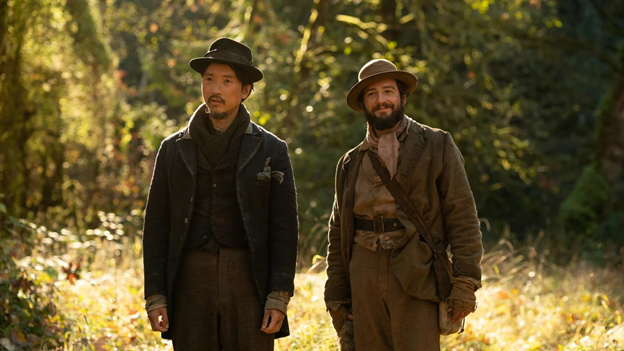
Reichardt advised her audience to indulge in a little sativa before FIRST COW, and it’s hard not to see her point. The textures here are so tactile and delicate you swear they’re going to dissolve out of your laptop. For my part, I adore the openness of her images, the delicacy and the care of their presentation. I love her gently open sense of American landscape and the repressed, mentally inward characters she drops in those landscapes, but I have to admit that, digitally transferred, her movies lose a bit of their zap—their weird, pulsing undercurrents. It means that the way Reichardt’s movies normally work, as loopy, smoky tone-poems, is a bit inhibited. This effect is not so for her soundscapes. Each visual landscape has a delicately stacked, hushed counterpoint; you feel rocked into the effect of it.
FIRST COW roots itself close to parable. Set in 1820, an American settler, Otis, and a Chinese settler, King-Lu, forge a partnership to exploit an Oregon cow, making new, previously unavailable food goods. The gist of the movie is the delicacy of their entanglement—as settlers, as friends, and as people simply hanging out in this country at a very difficult, very slow time. FIRST COW’s zen minimalism registers well in a time like this. Like much of the effective cinema of our time, the elements that are removed are conspicuously, pleasingly so. Reichardt disdains narrative tension, so she bakes it between her two leads. She’s not much for words, keeping the score’s guitars humming and churning. Reichardt alluded to Manny Farber’s searching in film for a “surface funk”—a catch-all for all the gentle, tactile shit that she’s so good at, that of which I wanted to overwhelm me so, so badly. FIRST COW, in its ideal state, is going to steamroll you. The ability to pause, to run an errand, to file a check, or so on and so forth sabotages the fugue Reichardt is trying to slip you into, and, for that matter, the respect for time that the “virtual cinema” is trying to recreate. One of the great things about filmgoing is its indifference to you. It will go on with or without you. It is simply impossible to pretend that at-home rentals can replicate that. A24 intends a proper theatrical release for FIRST COW when this is all over; I feel there’s unfinished business.
As I was tidying up this piece, the musician known as Kanye West made one of the most horrifying appearances I’ve ever seen in American public life. The fact remains that his new Arthur Jafa-directed video, “Wash Us in the Blood,” is the cinema of the year, the cinema at the center of this second—sitting, naturally, on YouTube. Of course, the video is no more West’s than “All Day” was Steve McQueen’s or “Flashing Lights” was Spike Jonze’s. Arthur Jafa has, in fairly short order, calcified a tremendously forward-thinking cinema. One thinks of Argentinian maverick Lucrecia Martel, who’s recently admitted in Film Comment that, were she just starting out now, she “would not make new images but edit existing ones.” In his second-act as a director, that’s exactly what Jafa’s done. He first emerged in the 1990s as a cinematographer on Julie Dash’s DAUGHTERS OF THE DUST and Spike Lee’s CROOKLYN, returning in the 2010s with a practice rooted equally in art and music.
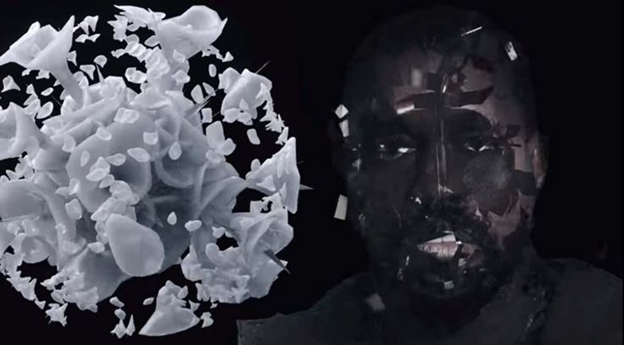
“Wash Us in the Blood” is an unofficial sequel to Jafa’s 2016 directorial breakthrough “Love is the Message, the Message is Death.” I caught it at MCA Chicago last summer. It’s very rare to feel my knees liquify the way they did there, to actually have to concentrate on keeping my body upright at the end of the thing. “Love is the Message” is a seven-minute piece, set to “Ultralight Beam,” pinballing through images of Black history at breakneck speed: dances, deaths, music videos, and riots. The effect is to use West’s music as a scalpel, carving back into time. While one is ecstatic that such an expressive union exists between West and Jafa, nothing softens the horror at its center. “Wash Us in the Blood” repeats the trick to the newly released song of the same name. Jafa’s art is centered around what he deems a central duality in Black existence—the ways he sees transcendence and suffering as inextricably bound up. He’s aiming to, in his words, find a vocabulary in film to match the “power, beauty and alienation found in Black music.” The thing that’s so special, then—the trick with these pieces—is Jafa’s willingness to sharpen fragments of culture, time, energy, found footage, and news clippings and hurl them at the viewer. Jafa as a cutter is moving slightly behind West’s beat, and it makes all the difference. It feels like your unconscious is doing the editing. Jafa makes paradoxical objects, both agonized and recklessly alive.
Leigh Whannell’s THE INVISIBLE MAN was the last major theatrical release for many American moviegoers, and seems to have lingered in the air as a uniquely 2020 object, equally popular both in theaters’ last hurrah in March and as an introduction to all the jittery quarantine viewing we’ve conducted afterwards. Whannell’s film is an utterly perfect at-home-viewing experience, by which I mean the film is about enclosure, control, and the threat of the unseen. The film seems to have stuck around in a way that, say, Jason Blum’s own THE HUNT has not—its strategies and gaps seem to respond well with the mood of the moment. What’s appealing in THE INVISIBLE MAN is its anemic dread.
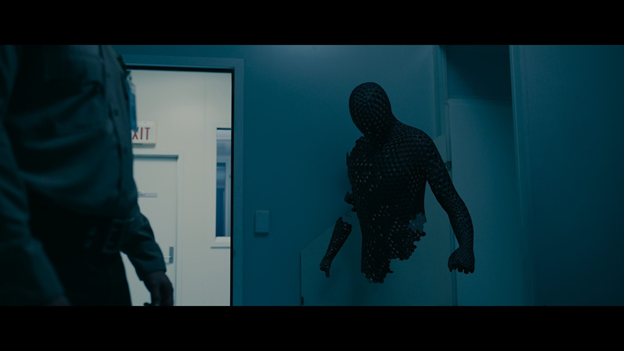
Whannell’s direction strategically pushes his digital textures, his soft TV-interior drabness, as a weapon against his audience. Whenever too much empty space accumulates in the center of the frame, the viewer starts to stress out. Whenever we enter a cold, dark room, we know to be on edge. That is seriously good directing. The idea of Elizabeth Moss evading an abusive partner is actualized impressively, her character not just responding to mental stressors, but to the way those stressors shape her physical environment. It’s very strange to describe — and the screenplay is not very good—but this is, somehow, popular entertainment that has the specific textures of daily life and anxiety down pat. Universal and its monsters are a big blindspot of mine—I believe this was my first viewing of any invisible men—but this is a movie that makes its monster out of anonymous, everyday life. What you can’t see is what kills.
At this stage, I believe my article is finished. I refresh some tabs. I find a new Jonathan Glazer short has been released, STRASBOURG 1518. A24 and BBC are involved. Is that what cinema is right now?
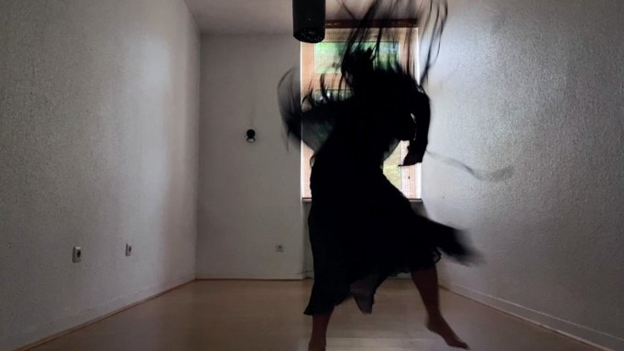
Glazer has been preparing a film for some time now, and early interviews have indicated the subject to be geared around mass culpability in genocide: the guilt of the crowd. Last year’s short, THE FALL, created a sort of mythic, blitzed, paranoid rabbit-hole, carrying itself like a sketch, like a practice-run for his feature. STRASBOURG 1518 also carries itself in this vein to thrilling, aggressive ends. Functionally, it’s simple: not much more than a Zoom call of dancers. Those dancers, sourced from London’s Sadler’s Wells company, slowly mount and then execute a piece over 10 minutes—all in separate rooms, murkily lit. Glazer, at first, is content to keep his shots simple and slowly clipped. Dancers patiently pull off moves while Glazer’s cuts match in delicacy. The short’s energies ramp up very upsettingly, very quickly. Glazer’s UNDER THE SKIN composer, Mica Levi, gnashes the viewer with a feral, dissonant electronic score. The short starts, simply, cutting itself, making itself more upset. It’s isolation in acceleration. The different bodies—the empty rooms housing those different bodies—start speeding up, into each other, upsetting each other. It is a simple and indelible effect.
I have no idea how this short was cut or shot, although DP Darius Khondji is on-hand, continuing a particularly progressive streak of cinematography, even for him (ANIMA, UNCUT GEMS). What I do know is what I recognize in THE INVISIBLE MAN: Glazer is weaponizing the imagery, the vibe of the everyday. It is camcorder animalism, it is savage and immediate cinema that, like “Wash Us in the Blood,” is currently free for online consumption.
So then: where’s cinema? Is it a whiff, an energy, or something that you catch? Is it the memory of a sophisticated language playing itself out on YouTube, or closer to a four-alarm bell on the same platform? Is it a physical medium doing a brief stopover in the realm of the digital? Is it a digital medium meeting its final resting place? To me, in the end, it’s all of these things. Film, right now, is closest to a current—to a whisper—and the great thrill of it closely resembles its sadness: you never know where it’s coming from next.


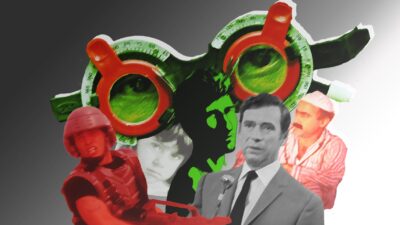


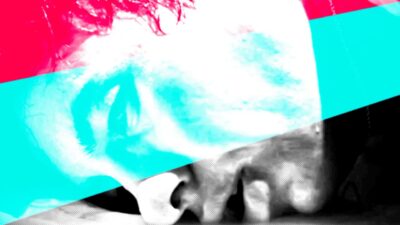


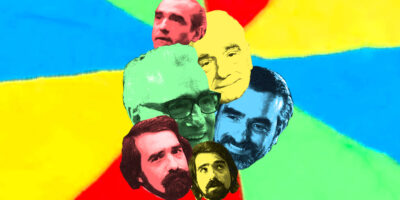
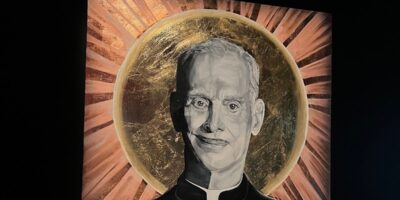


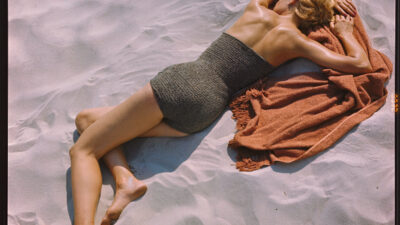


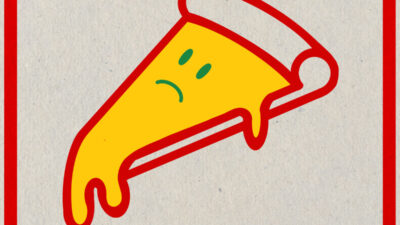
Comments